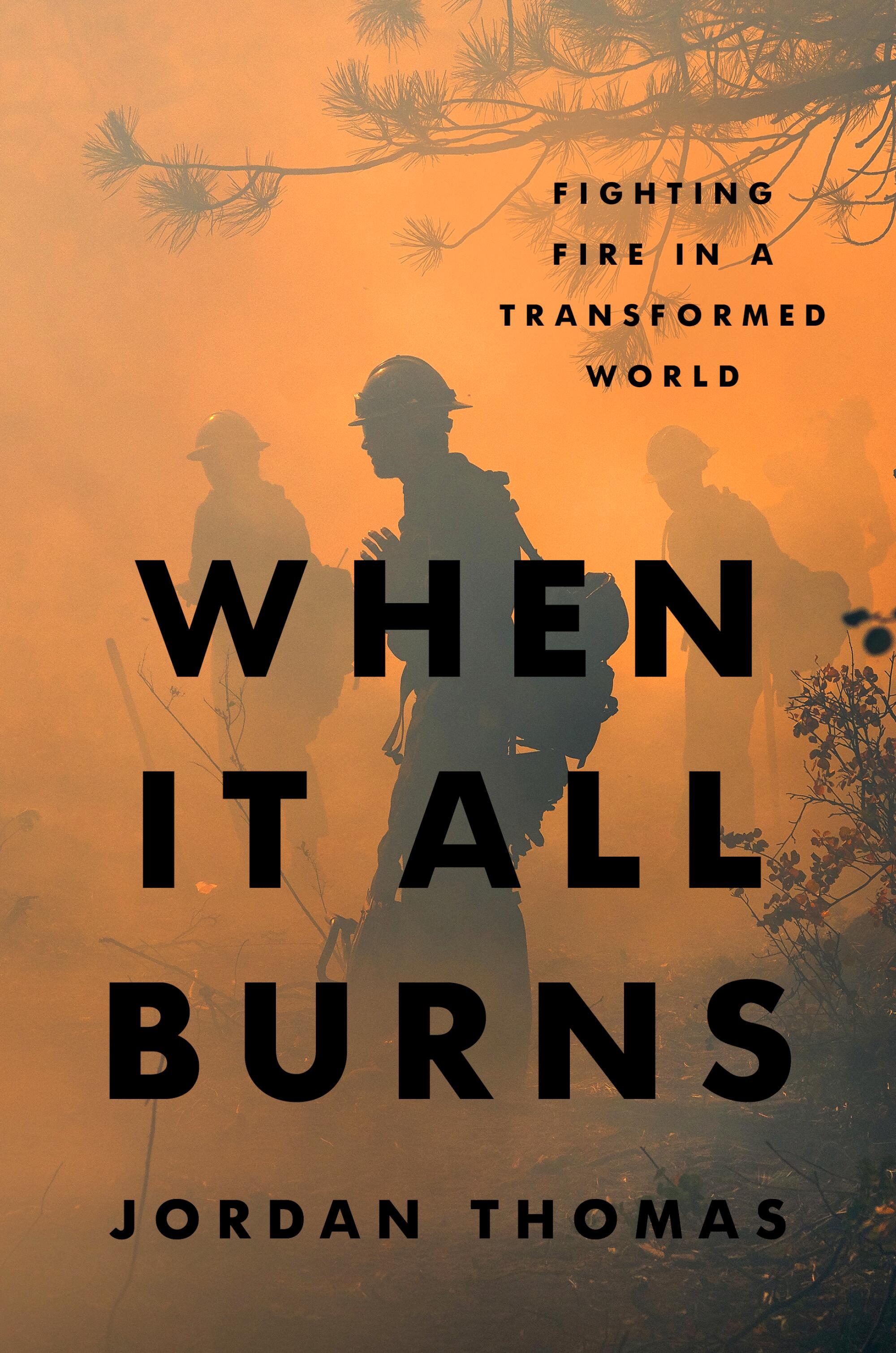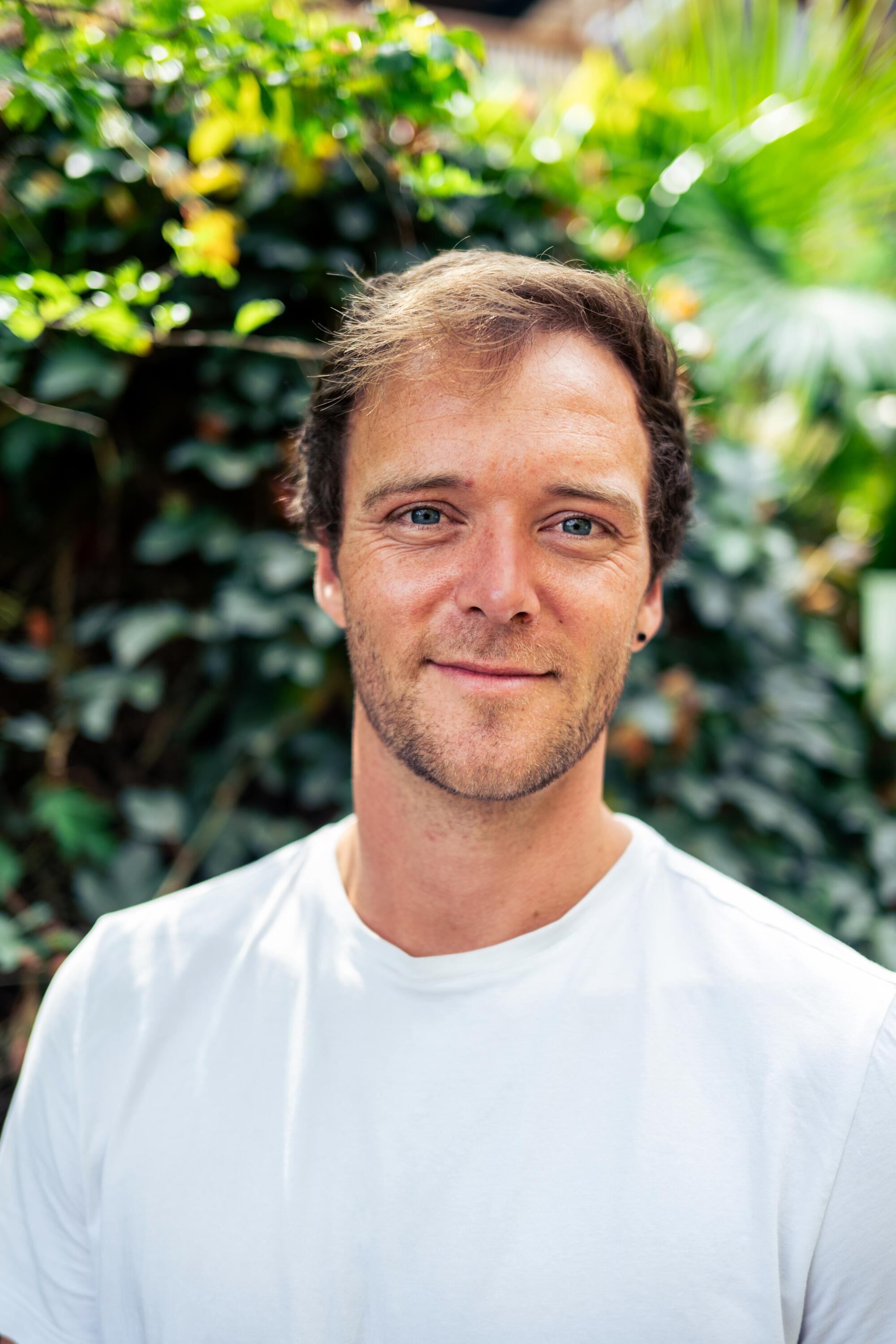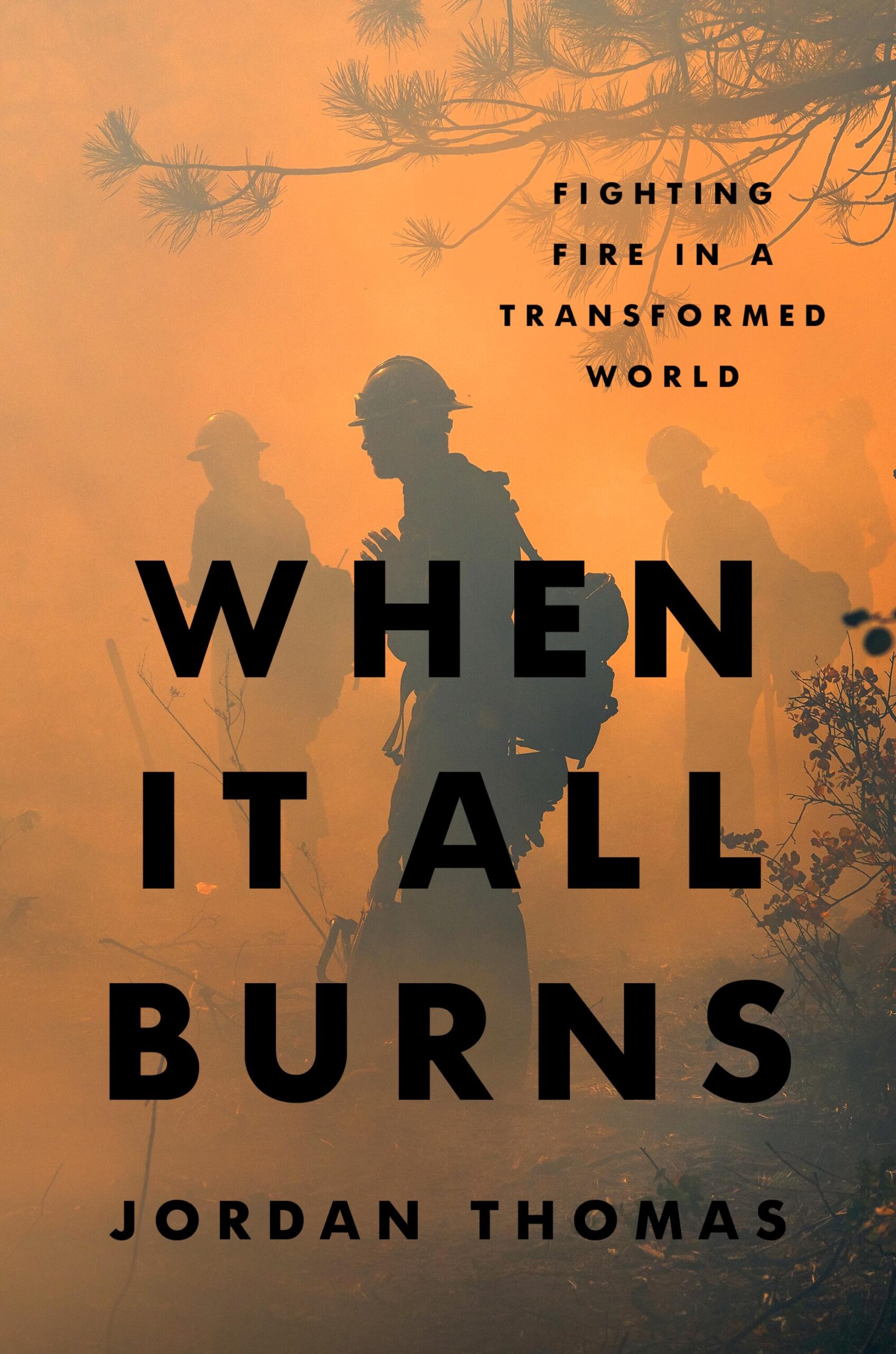Book Review
When It All Burns: Fighting Fire in a Transformed World
By Jordan Thomas
Riverhead Books: 368 pages, $30
If you buy books linked on our site, The Times may earn a commission from Bookshop.org, whose fees support independent bookstores.
Jordan Thomas didn’t want to just research and write about fire, he wanted to see it up close, and he has turned that experience into the exceptional new book, “When It All Burns.” A specialist in the cultural forces that shape fire, Thomas joined the Los Padres Hotshots, a crew that might be viewed as the Navy SEALs of firefighting. He spent 2021 battling wildfires extreme and treacherous even by the standards of these globally warmed times.
A first-person account would be compelling enough, especially given Thomas’ gift for terse, layered expository writing. But Thomas has more on his mind here. He alternates sequences of harrowing action and macho team-building with deep dives into the ecology, science, economics and, most important, Indigenous cultural practices related to fire. In Thomas’ hands these subjects are interconnected, and his writing brings new heat to an ubiquitous subject.

If you live anywhere near Los Angeles, you may very well prefer not to read “When It All Burns.” But you should. Just this last January, a series of wildfires ravaged the region, fed by gusting Santa Ana winds, drought conditions and low humidity. Projected damage from the fires had ballooned to more than $250 billion in damages in January, The Times reported. At least 30 people were killed in the fires, with economic ramifications expected to stretch into the unforeseeable future. “When It All Burns” was written well before any of this happened, and it sometimes carries the force of prophecy. The fire next time has already burned, though there will surely be more.
Thomas sets the table early on: “In the past two decades, wildfires have been doing things not even computer models can predict, environmental events that have scientists racking their brains for appropriately Dystopian technology: firenados, gigafires, megafires. Scientists recently invented the term ‘megafire’ to describe wildfires that behave in ways that would have been impossible just a generation ago, burning through winter, exploding in the night, and devastating landscapes historically impervious to incendiary destruction.”
In other words, it’s only going to get worse. As a member of the Hotshots crew, Thomas hacked away at undergrowth with a chainsaw as the firefighters made their advance, and he found himself fascinated by the subculture of people, mostly men, assigned to combat these otherworldly infernos. But the education and knowledge he carries also makes him deeply ambivalent about the very nature of fire suppression.

Author Jordan Thomas.
(Sari Blum)
For centuries, Indigenous peoples the world over have used controlled fires, or “cultural burning,” for any number of purposes, from agriculture to reducing the risk of uncontrolled fires. But such practices didn’t jibe with increasingly modern economies, and colonialists, especially in North America, saw burning as both barbaric and a threat to industrialized capitalism. Fire surpression was more than a byproduct of Native American genocide, it was part of the master plan: “In California, fire had always connected people to their food, and Americans set about its suppression with unprecedented brutality.” Researchers who tried to bring this history to light often had their work suppressed like one more controlled fire. And as the practice declined, wildfires entered the breach.
As you might expect, life as a Hotshot is fraught with medical risk: Hotshots tend to work sick and injured, loathe to pass up the overtime and hazard pay on which they depend. As Thomas writes, “The precarious lives of Hotshots are one flashpoint in an expanding field of self-reinforcing social and environmental crises. Scientists call this a sacrifice zone — a place where low-income people shoulder the burden of industrial misconduct.”
Every time “When It All Burns” threatens to get dry, like a combustible piece of brush, Thomas brings it back to his own firefighting travails, and the cast of Hotshot characters who showed him the ropes, berated him and bailed him out.
The two Los Padres leaders are Edgar, a stern drill sergeant-type who rides everyone with equal venom, and Aoki, just as demanding but with more of a shaman-warrior demeanor. Aoki conducts Thomas’ job interview as the two men hike a steep hill; Thomas eventually has to decide between asking questions, which takes up oxygen, or concentrating on the task at hand.
“At a certain level of physical suffering, the pain becomes almost comedic,” he notes, as he assesses his condition before hiking a mountain to carry an injured firefighter back downhill. “My feet were torn and oozing within my elk leather boots, and every inch of my skin was a rash of poison oak. Hours before I had been incapacitated by muscle cramps.” And moments later: “The only antidote to the discomfort was to return to the level of exhaustion where the body becomes numb.”
“When It All Burns” is one of those books that immerses the reader in the nuances of a world most of us know only through the lens of tragedy and destruction. Thomas’ visceral, crystalline prose only adds fuel to the fire.
Vognar is a freelance culture writer.
